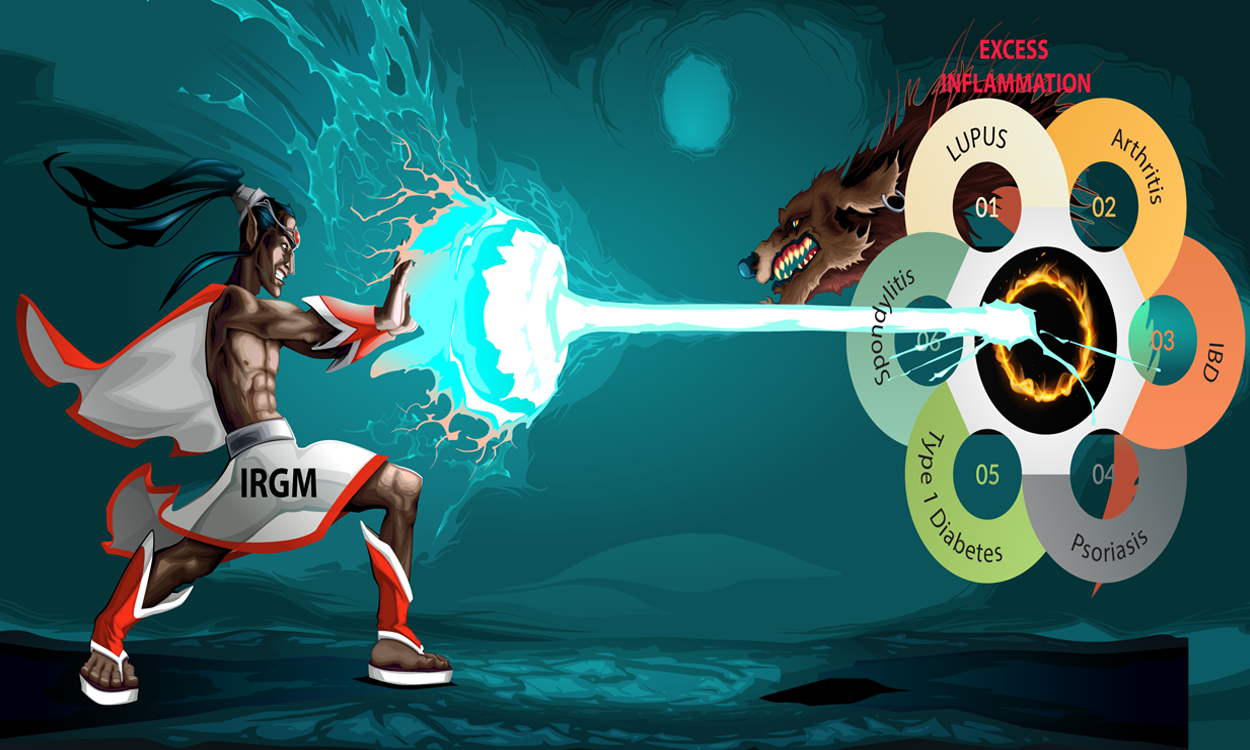
This new study justify possibly why a small slice of a DNA which was dead for millions of years might have come back to life in humans.
SEP 29, 2020 | BY RATNESHWAR THAKUR
Evolutionarily, the genome is the most dynamic information system that varies its behaviour over time and environment. One of its own kinds of example is IRGM (immunity-related GTPase family, M) gene. It is reported that IRGM gene was dead for around 20 million years of evolution.
Now a study published in the journal ‘EMBO reports’ along with previous study published in “Molecular Cell”, justify possibly why a small slice of a DNA which was dead for millions of years might have come back to life in humans.
IRGM protein is genetically and functionally associated with several inflammatory and autoimmune diseases including ankylosing spondylitis, autoimmune thyroid diseases, Graves ’ disease and severe sepsis. The presence of IRGM in humans and mice is shown to be protective against the autoimmune disorders; however how IRGM performs this function is unclear.
Interested to understand the mechanism of action of IRGM, Dr. Santosh Chauhan's group and his colleagues from Bhubaneswar based DBT- Institute of Life Sciences - have uncovered the molecular mechanisms by which IRGM protein controls the interferon homeostasis, the over activation of which are central to the pathogenesis of autoimmune diseases.

According to this study, under homeostatic conditions IRGM protein acts as suppressor of type-I interferon (IFN) response. Interferons (IFNs) belong to the large class of proteins known as cytokines, act as a first-line of defense against pathogens, and contrary to this its uncontrolled activation can lead to several autoimmune diseases.
In this study, researchers have shown that IRGM protein interacts with nucleic acid sensor proteins (cGAS and RIG-I) and mediates their p62-dependent degradation through autophagy process, and thereby restrain interferon signalling.
Santosh says we found that IRGM is a master suppressor of the inflammatory response, including the interferon response. For achieving this, IRGM utilizes a process called autophagy. Autophagy is a cell’s self-cleaning process that removes or degrades the old and worn-out organelles and proteins from the cells. Accumulation of dysfunctional organelles (or proteins) is toxic to the cells. For example, the accumulation of obsolete mitochondria may release toxic substances that can induce inflammatory signaling leading to cell death and tissue damage. Therefore, the removal of mitochondria by autophagy (called mitophagy) is an essential process to keep cells healthy.
“In addition, autophagy can selectively degrade certain proteins to control several cell biological processes. IRGM suppresses inflammation by degrading the proteins involved in inducing inflammation and also, by removing worn-out mitochondria. Thus, IRGM maintains a healthy and non-inflammatory condition in the cell,” he added.
This research work was funded by the DBT/Wellcome Trust India Alliance.
Journal Reference:
Autoimmunity gene IRGM suppresses cGAS-STING and RIG-I-MAVS signaling to control interferon
Disclaimer:
Author claims no competing interest.
